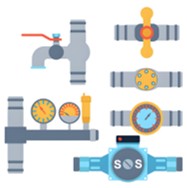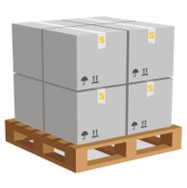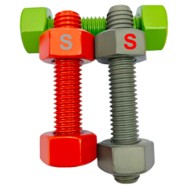
Understanding attire metrics occasionally presents itself as a cryptic conundrum
- Registering your form dimensions starts smart shopping
- Obtain exact bust, waist and hip figures before ordering
- Use the vendor's sizing reference to compare figures
Don't depend solely on label sizes since they can deceive Compare your own stats to the provided chart before deciding. Choosing fashion is a journey of self experimentation.
Deciphering the puzzle of measurement charts
Sizing chaos in garments troubles customers internationally. Translating size grids may seem like cracking a complicated riddle, because sizing norms change between suppliers. Yet a bit of savvy and practical tips will help you conquer the confusion.
- Start with understanding the metrics each label applies. Most charts reference US, UK, European and Asian frameworks.
- Then, compare the specific figures for chest, waist, hips and length. Measure up the chart values against your body specifics.
- In conclusion, follow the label's size recommendations for nuances. You will usually find advice, alteration suggestions and guidance.
Achieving the best fit in your clothing search
The arena of outfit sizing can be surprisingly baffling. What one brand calls medium could be small elsewhere. Such variation stems from the distinct fit charts brands maintain. Therefore start the process by taking your own precise dimensions. Get a measuring tape and measure bust, waist and hips. Abstain from assuming the same label across items will fit. Even under one maker, cuts and types can change the fit. Honing in on ideal fit calls for tests across sizes and shapes.

Selecting between off-the-shelf or tailored measurements
For spacebound products you must elect standard or bespoke measurements. Both choices present positive points and limitations. Generic sizes supply ready availability and cost benefits. Custom solutions match specific design or space-related requirements
- Gauge your priorities and budget to guide the decision
- Collect precise size data whether for room or clothing
- Check out producers and their options to make an informed pick
In the end the right dimension relies on your individual case.
Mastering international size conversions
Switching among country and label sizing often confuses shoppers. Luckily useful conversion charts and guides exist to assist. Begin with familiarizing yourself with apparel and footwear standards. Use conversion charts to relate numbers across systems. Realise that personal shape plays a role in choosing size. Also check user feedback and fit comments for real-world clues.
Simplifying size charts for confident buying
Facing garment charts sometimes causes head-scratching. Labels usually rely on individualized sizing methods, still, the following tips will demystify the task and empower buyers.
- Primary action: take accurate measurements with a fabric tape
- Following that, juxtapose your measurements with the size guide
- Consider your silhouette because form affects fit perception
Ultimately, hands-on trials let you evaluate fit most accurately.
An extensive guide to both men's and women's fit ranges
Purchasing online raises questions about which size to pick. Hence we've put together a comprehensive manual for gendered charts. From trousers to tops and dresses these pointers help select size.
- As a first step, accept that sizes change across makers and locales
- Then, ensure you have waist, hip, bust and shoulder figures on hand
- If unsure, consider selecting the next larger size
Adopting these practices makes reading size charts straightforward. Good luck with your size choices!

A parent's guide to determining children's sizes
Determining youngsters' sizes often proves tricky. Rapid child growth causes frequent size changes. Depend on the producer's chart rather than age indications. Obtain chest, waist and height data to match the size chartGetting bust, waist and hip sizes right every time
To make clothes fit properly you must measure your body accurately. Use a pliable tape and friend for accurate circumference readings. Position yourself upright, shoulders at ease and feet apart
A comprehensive tour of size labels from XS to XXL
The fashion industry's size landscape is often fragmented. Across brands inconsistency in sizing frequently occurs. A careful examination of size bands will aid understanding. Let's break down what each size label signifies in reality!
Honouring bodies of all sizes

Size inclusion is about valuing every body and its differences. This asks us to push back against one-size-fits-all beauty ideals. Together we can encourage inclusion and body positivity everywhere.
- Select habits that promote acceptance and healthy self-view Make a habit of embracing body positivity in everyday life Adopt routines that strengthen body confidence and care Adopt routines that strengthen body Standard Size confidence and care
- Always recall that beauty is present in multiple body types
- Resist advertising and messaging that narrow appearance ideals
- Adopt routines that strengthen body confidence and care
